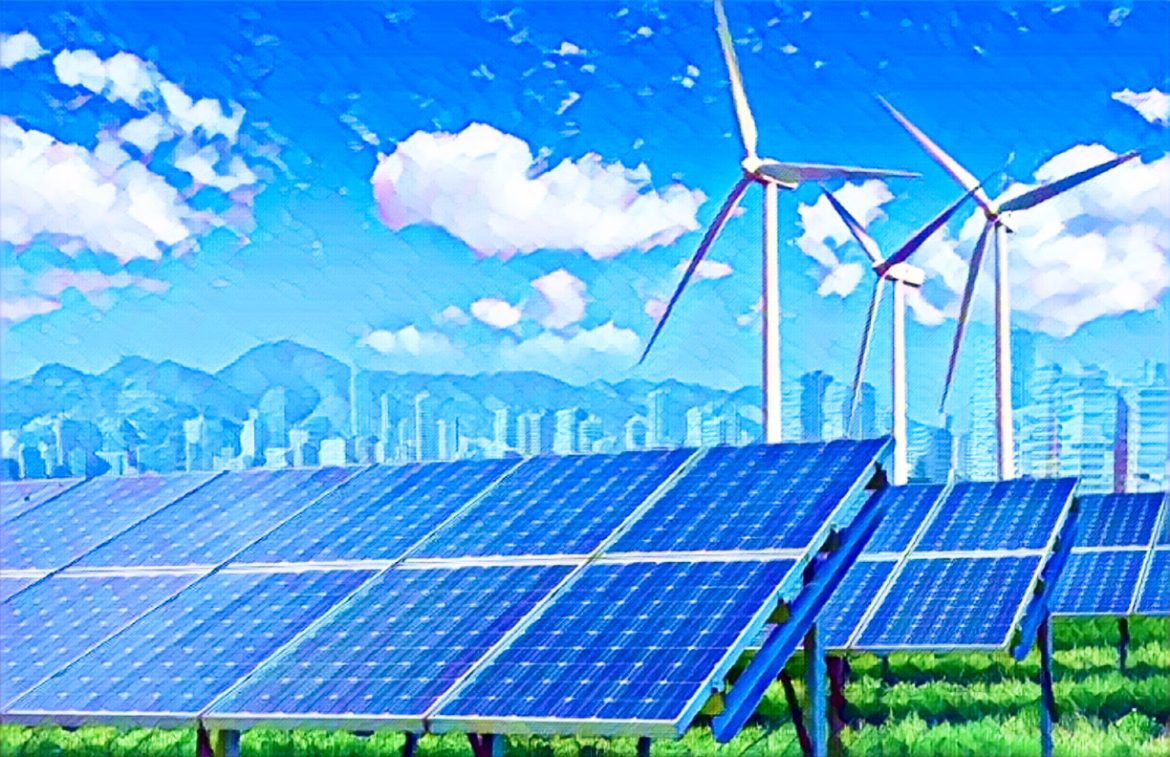KEY POINTS
-
Zimbabwe aims to achieve 1,000 MW of renewable energy by 2025 to combat energy shortages.
-
Key projects include solar, hydro, and wind initiatives, boosting agricultural productivity and job creation.
-
Infrastructure constraints and funding needs must be addressed to integrate renewable energy effectively.
Zimbabwe’s energy sector is heavily reliant on non-renewable sources, with 90 percent of its power derived from coal-based thermal plants.
This reliance has contributed to persistent power shortages, adversely affecting the economy and daily life. Transitioning to sustainable energy is essential not just for environmental reasons but also for ensuring stable economic growth.
Zimbabwe targets 1,000 MW renewable energy by 2025
With an ambitious target to achieve 1,000 MW from renewables by 2025, Zimbabwe is gearing up for a green energy revolution driven by innovative projects and policy support.
Currently, Zimbabwe’s energy mix is dominated by thermal power at 90 percent, with hydroelectricity contributing 10 percent, as per the Zimbabwe Energy Regulatory Authority (ZERA).
These traditional energy sources have led to frequent power outages, stalling industries, and straining households. To tackle these challenges, the government has set a renewable energy target of 1,000 MW by 2025, aiming to reshape the energy sector through the Zimbabwe National Renewable Energy Policy.
Renewable Energy Projects
- Solar Power: Zimbabwe’s high solar radiation makes it an ideal candidate for solar energy projects. Examples include the Nyanga Solar Project (10 MW) and the Gwanda Solar Project (10 MW), which aim to improve rural electrification and solar-powered irrigation. Solar irrigation systems, in particular, can significantly boost agricultural productivity in rural areas.
- Hydro Power: The Kariba South Expansion Project, which added 300 MW to Zimbabwe’s energy capacity, and the proposed Batoka Gorge Hydroelectric project, set to provide 1,600 MW, are pivotal to the country’s clean energy ambitions. These projects not only produce clean energy but also contribute to job creation and economic growth.
- Wind Power: Although still in its infancy, wind power has potential in regions like Plumtree and Matobo Hills. The Plumtree Wind Farm (10 MW) and Matobo Hills Wind Farm (20 MW) showcase Zimbabwe’s intent to harness its wind energy resources, aiming for a capacity of 1,000 MW by 2030, as projected by the Wind Industry Association.
- Bioenergy: Zimbabwe is exploring bioethanol production from sugarcane and converting agricultural waste into energy. This not only reduces waste but also offers a sustainable energy source for rural communities.
Opportunities
Renewable energy projects in Zimbabwe present numerous opportunities, such as job creation, with 10,000 new jobs projected by 2025, according to the International Labour Organization.
Improved energy access and security will enhance rural electrification, boosting agricultural and industrial productivity. Reduced greenhouse gas emissions and increased foreign investments are additional benefits, with regional cooperation opening up export potential to neighboring countries.
Challenges
Despite the opportunities, Zimbabwe faces several challenges. Infrastructure constraints, such as inadequate transmission networks, hinder large-scale renewable energy deployment.
Funding remains a critical issue, with an estimated $2 billion needed for renewable projects by 2025, according to Zimbabwe’s National Renewable Energy Policy. Additionally, policy and regulatory framework gaps, limited public awareness, and grid stability concerns must be addressed to ensure successful integration of renewable energy.
Research conducted by Zimadvocate.com‘s team revealed that if Zimbabwe successfully increases its renewable energy share to 30 percent by 2030, carbon emissions could decrease by 20 percent.
Solar-powered irrigation systems could raise agricultural productivity by 25 percent, while wind energy initiatives could reduce energy costs for industries by 15 percent. These changes would substantially impact the economy and the well-being of the population.
Key Figures and Statistics
Zimbabwe currently has a renewable energy capacity of 150 MW, as per the International Renewable Energy Agency (IRENA). However, 40 percent of the rural population lacks electricity access, according to the World Bank, indicating a significant need for energy expansion.
With carbon emissions standing at 14.4 million tons in 2020, according to Climate Watch, reducing dependence on non-renewable energy is crucial.
Zimbabwe’s renewable energy journey is at a crucial stage, with the potential to drive economic growth, create jobs, and improve energy security.
While challenges such as infrastructure, financing, and policy hurdles persist, the country’s commitment to renewables signals a positive outlook. By leveraging opportunities and overcoming obstacles, Zimbabwe is on a promising path towards sustainable power and environmental resilience.


